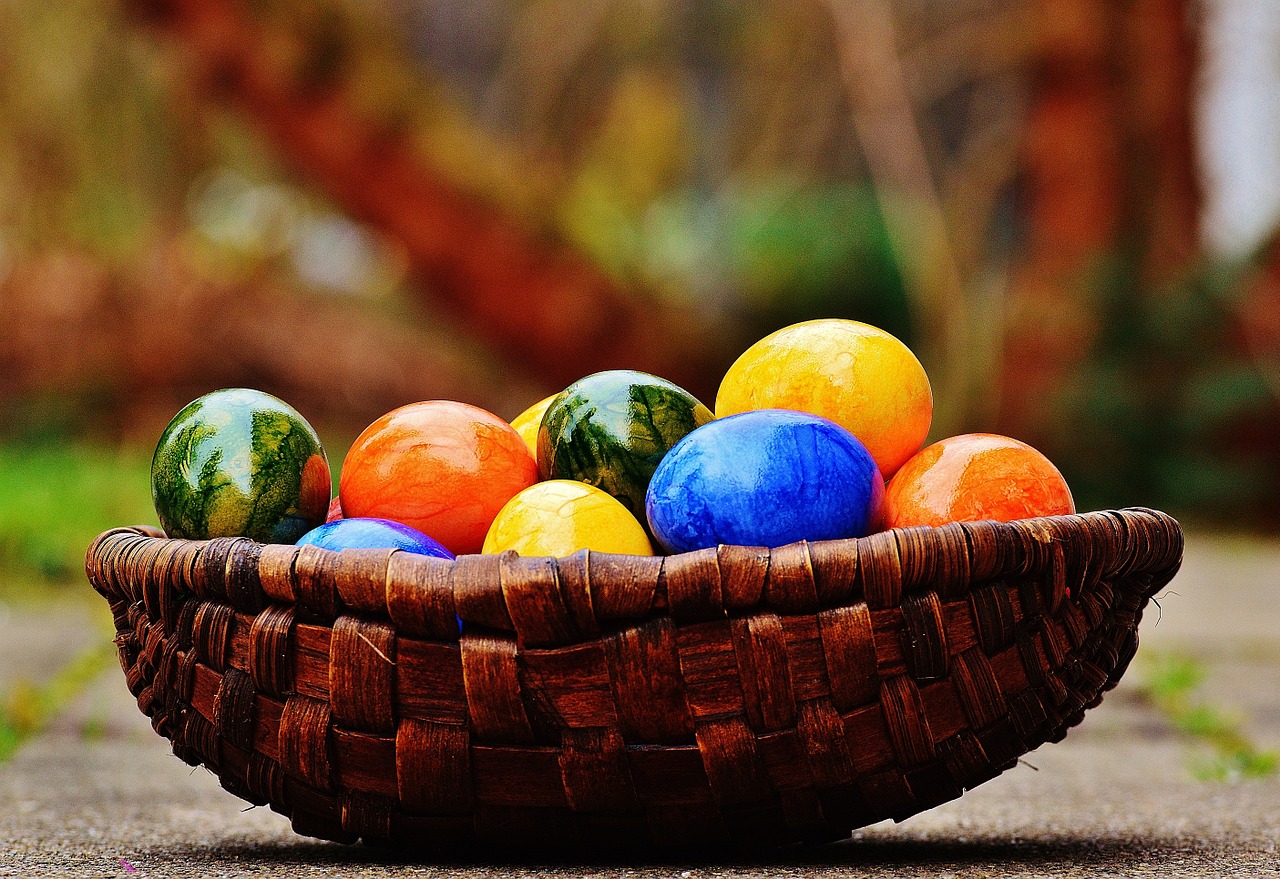Holidays are all about the food. And, I just like being festive. Hence, an egg history post just in time for Easter.
I also just like eggs.
Mark Bittman, (who I think is a great food writer and I admittedly reference him often) explains eggs very well in How to Cook Everything:
“The egg is a metaphor for life and possibilities and a culinary miracle, that, with little effort or expertise, can become the feature of a meal, a vehicle for transforming leftovers, or a quick way to change a side dish into one that takes over the table.”
(Side note: Broccoli and cheese casserole with eggs in it is my favorite side dish that truly does “take over the table.”)
Indeed, although there has been a lot of controversy over eggs, no one can deny their versatility. Truly, they add so much to so many dishes – and, they can certainly hold their own as the main ingredient in a breakfast, lunch, or dinner meal.
Eggs have essentially been around since the beginning of time, with egg-laying birds being domesticated as early as 3200 BC; IncredibleEgg.com provides a great breakdown on the history of eggs over the centuries.
Of course, while there are several varieties of egg-baring birds – ostrich and quail to name a few – we all know the chicken egg is the most popular egg by far.
In America, chicken farming got its start in the 1920s and 1930s with backyard chicken coops. From there, chicken farming expanded. In fact, many feel that chicken farming – or factory farming – has gotten much too large, but that is another post for another time.
Today, according to Incredible Egg, nearly 200 breeds and varieties of chickens exist, with America producing roughly 75 billion eggs a year.
As with eggs themselves, their association with Easter can be traced back quite far, all the way to Medieval Europe.
Reportedly, the Church forbade people to consume eggs during Lent. Subsequently, eggs laid during that time frame would be saved, with the full excess being consumed on Easter.
The dying of Easter eggs came about from coloring them specifically red, to represent the blood of Christ shed while on the cross.
The origin of hunting for Easter eggs came about from children believing that the Easter Bunny laid eggs in fields, where they would then search for them. Stemming from the egg-hunting idea, obstacles were added to the game, with the eggs being placed in hard-to-reach places such as nestled among thorns.
Eggs and Easter are two hugely broad topics that could easily go off in a million directions, so I will stop myself here.
If you’re still hungry for more eggs, here is some further fun:

Comments
One response to “Food history: eggs (and Easter)”
Interesting discussion. While I was recently in Florida, my friend Lonnie made baked eggs for me. Delicious. I had never heard of baked eggs.